Introduction: The Importance of the Motorcycle Stator
Understanding the Role of the Stator
The motorcycle stator is an essential component of a motorcycle’s charging system. It is a part of the alternator, responsible for generating electrical energy to power various electrical systems and recharge the battery. A properly functioning stator is critical for the overall performance and reliability of your motorcycle. It converts mechanical energy produced by the engine into electrical energy, which is necessary for the ignition system, lights, and accessories. When the stator fails, it can lead to significant issues that affect your riding experience.
Why Stator Failures Occur
Stator failures can result from several factors. Over time, the constant vibration of the motorcycle can cause wear and tear on the motorcycle stator wires, leading to shorts or breaks. Environmental conditions such as heat, moisture, and debris can also contribute to component degradation. Additionally, problems with other electrical parts or the battery can place undue stress on the stator, ultimately leading to its failure. Understanding potential causes of stator issues can help you identify symptoms earlier and prevent further damage to your motorcycle.
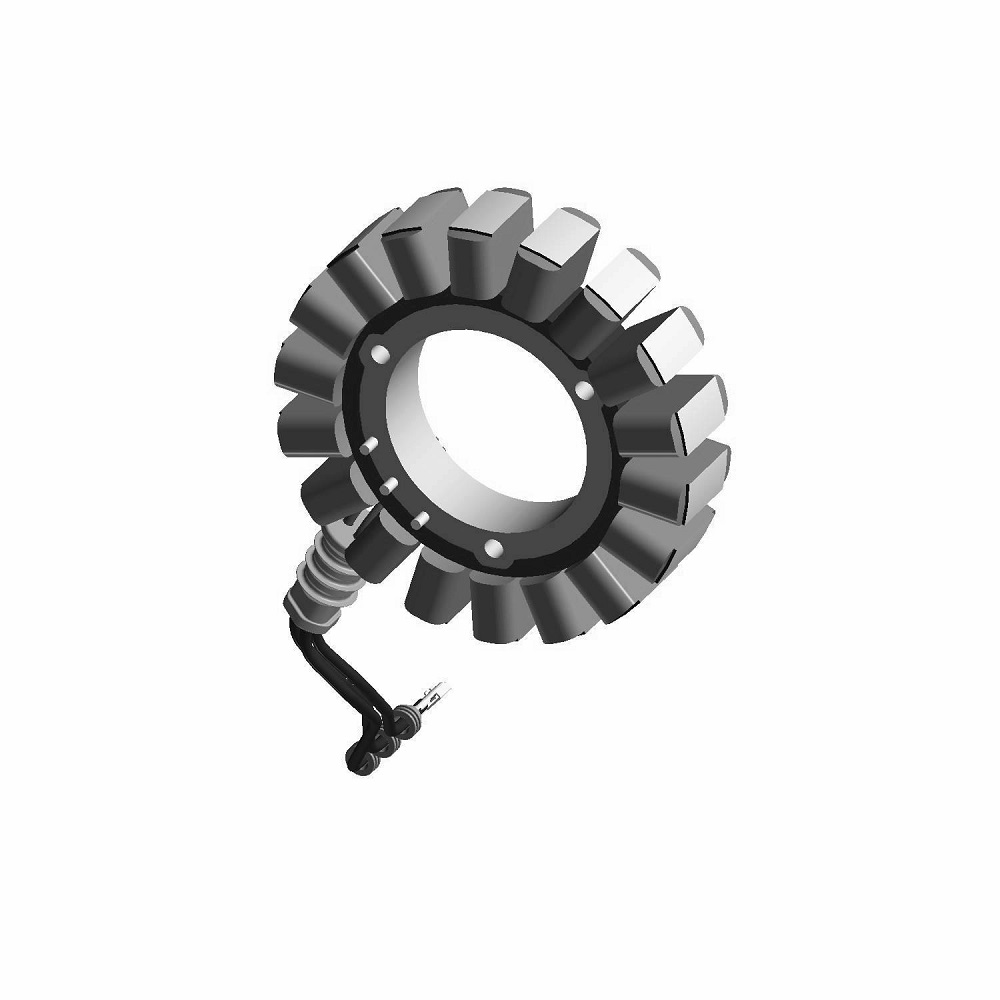
Purpose of This Article
This article aims to educate motorcycle owners on how to identify signs of a failing stator and the diagnostics involved in addressing these issues. We will discuss common symptoms of stator failure, diagnostic procedures, and preventative maintenance tips. By gaining knowledge about the stator and its workings, riders can take proactive steps to ensure their motorcycles run smoothly and avoid costly repairs.
Common Signs of Stator Failure
Dimming or Flickering Lights
One of the most noticeable symptoms of a failing stator is dimming or flickering lights. As the stator begins to fail, it may not generate enough electricity to power the motorcycle’s lighting system effectively. This can manifest as headlights that appear weaker than usual or dashboard lights that flicker or do not illuminate consistently.
If you notice these changes in your lights, it is essential to investigate further. A failing stator can lead to depleted battery performance, which could leave you stranded. Immediate attention to electrical issues not only enhances safety but also prevents further complications.
Difficulty Starting the Motorcycle
Another sign that the stator may be failing is difficulty starting the motorcycle. The stator plays a critical role in charging the battery, and if it isn’t providing adequate voltage, the battery may not hold enough charge to start the engine. If you find that your motorcycle struggles to start or requires multiple attempts before the engine finally turns over, it could indicate an issue with the stator.
It’s important to differentiate between starting issues caused by the stator and those caused by other components, such as the battery or starter motor. However, if starting problems coincide with dim lights, it’s more likely that the stator is at fault.
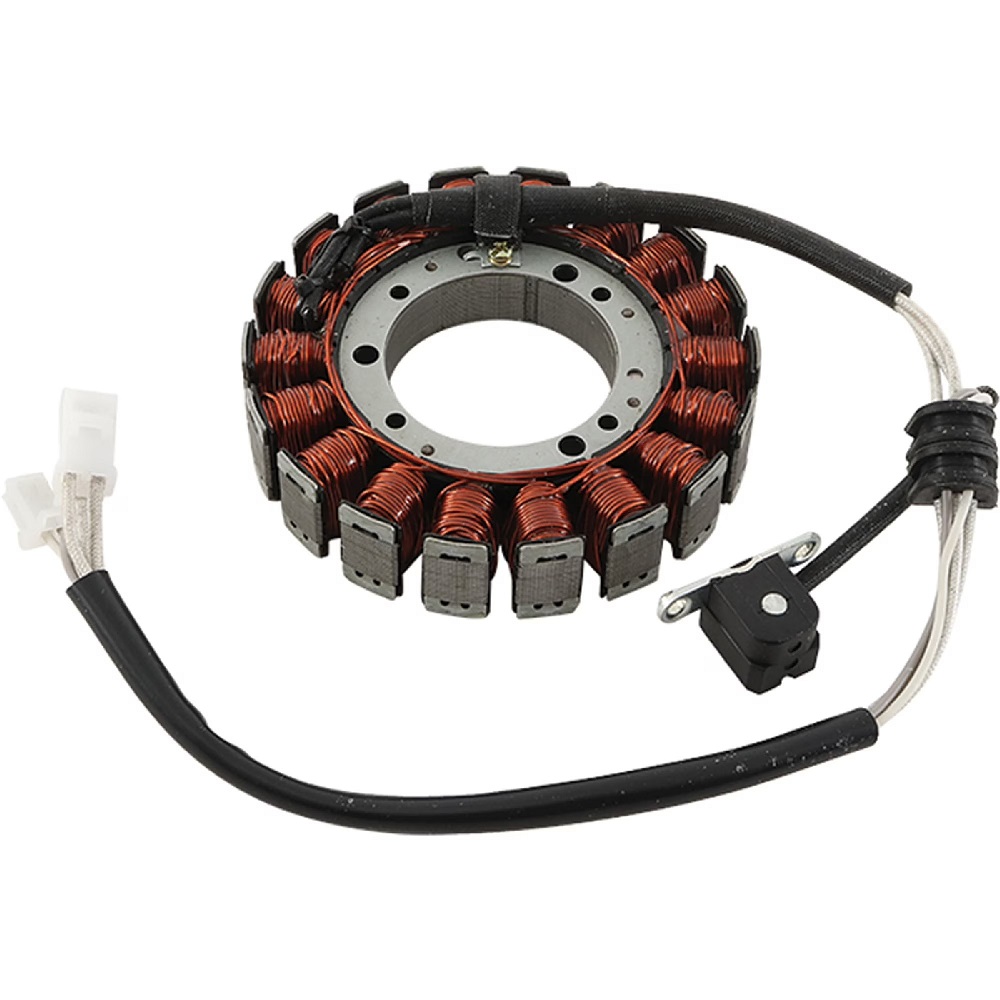
Charging System Warning Light
Most modern motorcycles are equipped with a charging system warning light on the dashboard. This light serves as an indicator of potential issues within the electrical system, including stator failure. If this warning light activates while you are riding, it is essential to pay close attention and act quickly.
A lit warning light could signify that the charging system is not functioning properly, likely due to a faulty stator. Ignoring this signal can lead to further electrical failures and result in being stranded or compromising safety. As soon as the warning light appears, it is advisable to conduct a diagnostic test and, if necessary, consult a professional for assistance.
Diagnosing Stator Issues
Visual Inspection
The first step in diagnosing stator issues is to conduct a visual inspection of the component itself. Locate the stator, which is usually situated behind the engine cover, and check for any visible signs of wear or damage. Look for frayed or burnt wires, which can indicate overheating or electrical shorts.
Additionally, inspect the connectors for corrosion or looseness. Corroded connections can impede electrical flow and result in poor performance. A thorough visual inspection can help identify obvious problems, allowing you to take action before more significant issues arise.
Testing Voltage Output
Once the visual inspection is complete, the next step is to test the stator’s voltage output. This can be done using a multimeter, which measures electrical current. To perform this test, ensure that the motorcycle is off and then disconnect the stator’s electrical connector. Set your multimeter to the appropriate voltage setting and follow the manufacturer’s instructions for measuring AC voltage across the stator terminals.
Start the motorcycle and test the voltage output again. A properly functioning stator should produce a voltage reading that increases with engine RPM. If the reading is significantly lower than specified or zero, this suggests a failing stator that may require replacement.
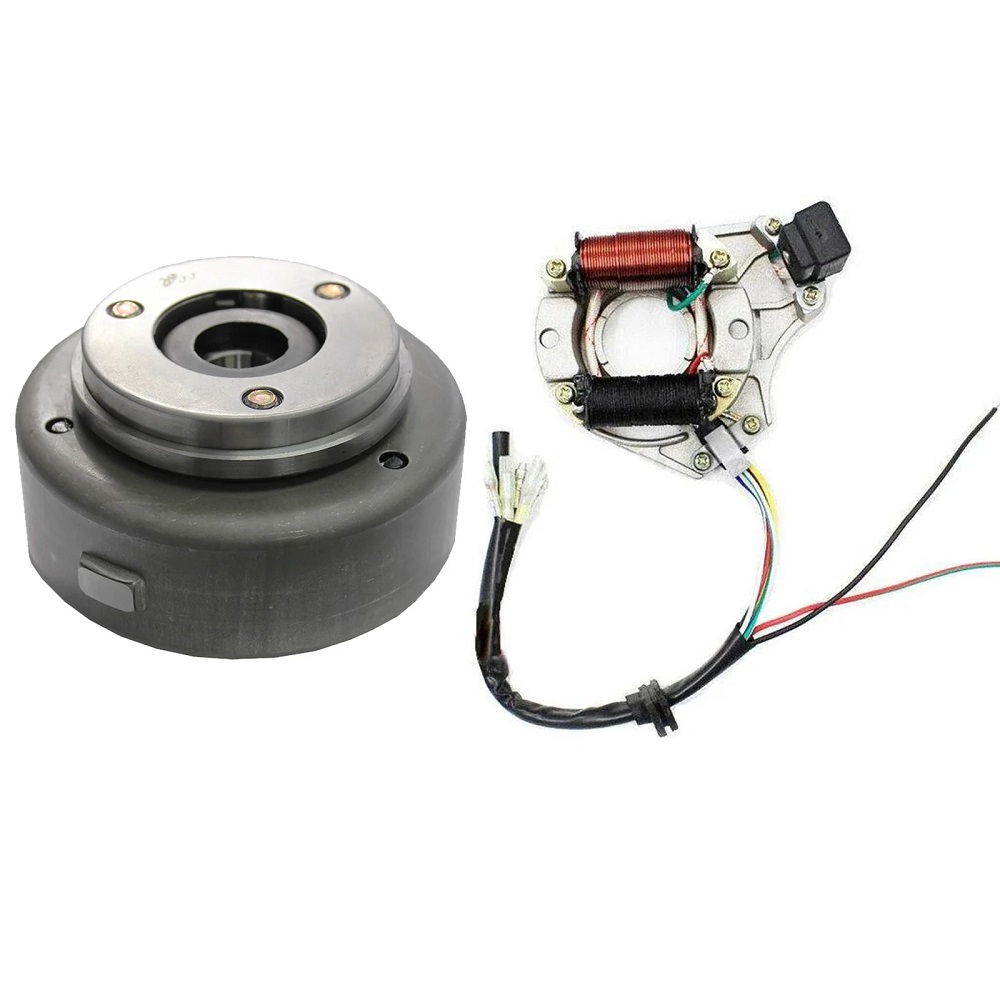
Checking Resistance and Continuity
In addition to measuring voltage output, checking resistance and continuity in the stator can provide further insight into its condition. This test is best conducted when the motorcycle is off, and the stator is disconnected from the system.
Using the multimeter set to the ohm setting, measure the resistance between different pairs of stator terminals according to the manufacturer’s specifications. There should be a specific range of resistance that varies by model. If the readings fall outside of this range, the stator may be damaged and in need of replacement. Additionally, performing a continuity test can help confirm whether there are breaks in the wiring or coils within the stator.
Preventative Maintenance Tips
Regular Inspections
To avoid unexpected stator failures, regular inspections of your motorcycle’s electrical system are vital. During routine maintenance, make a habit of checking the condition of the stator and its wiring. Conducting these checks helps identify potential issues before they escalate into more significant problems.
Additionally, assessing the condition of the battery and charging system will provide insights into the health of the overall electrical network. Rather than waiting for symptoms to arise, develop a proactive approach to maintenance that includes scheduled inspections.
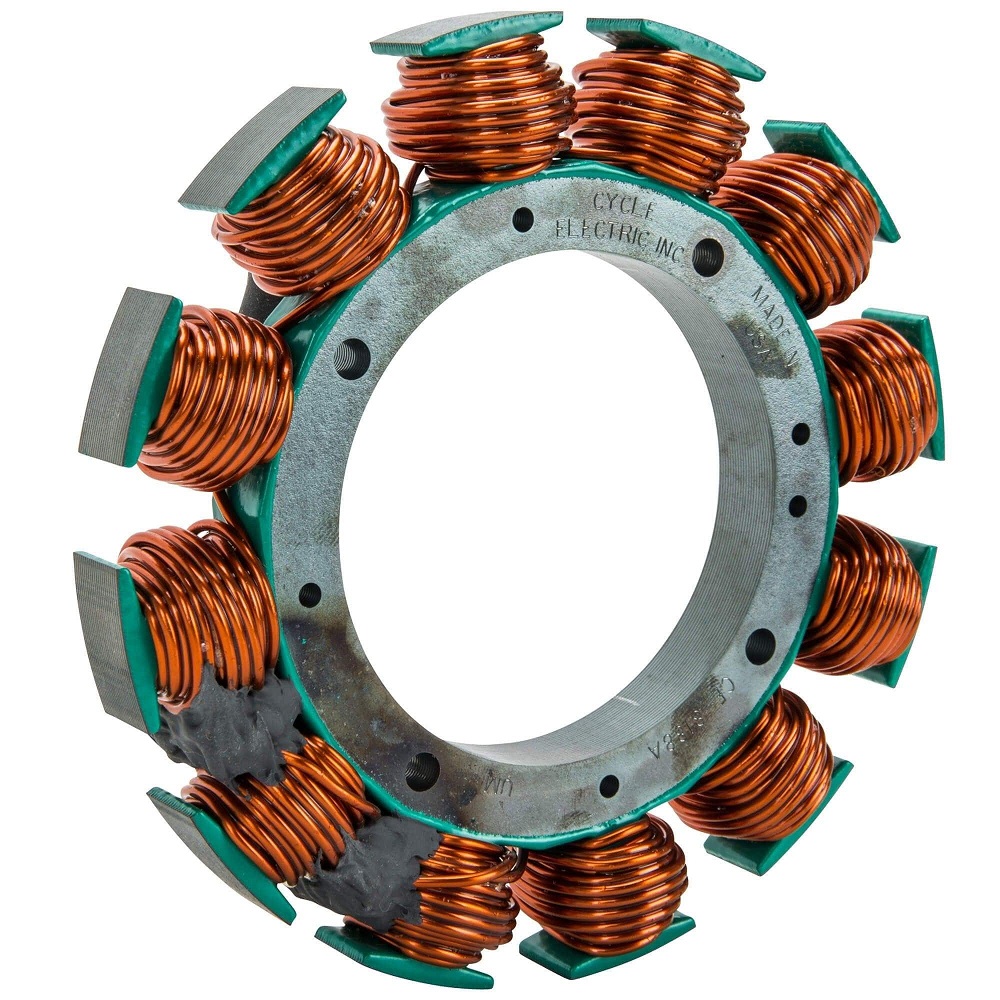
Keeping Connections Clean and Tight
Over time, electrical connections can accumulate dirt, moisture, and corrosion. Keeping these connections clean is crucial for optimal performance. Periodically disconnect connectors and inspect them for corrosion or dirt buildup. Use a contact cleaner to remove any debris and lubricate connections to ensure a sound electrical connection.
In addition to cleaning, ensure that all connections are tightly secured. Loose or damaged connections can lead to intermittent electrical issues, causing wear on the motorcycle stator, among other components. By maintaining clean and secure connections, you can help extend the lifespan of your motorcycle’s electrical system.
Professional Servicing
While many motorcycle owners are comfortable conducting basic inspections and tests, some issues may require professional assistance. If you are uncertain about the condition of your motorcycle stator or if you encounter more complex electrical problems, it is wise to seek help from a qualified mechanic.
Regular professional servicing can provide a comprehensive assessment of your motorcycle’s electrical system. Mechanics have the tools and expertise necessary to diagnose problems accurately and suggest preventative measures. Investing in professional servicing helps you maintain your motorcycle’s performance and prolongs its lifespan.
FAQ:
- What is a motorcycle stator and what does it do?
- A motorcycle stator is a critical component of the charging system that generates electricity to power the bike’s electrical systems and recharge the battery.
- What are the signs of a failing motorcycle stator?
- Signs of a failing motorcycle stator include dimming headlights, difficulty starting the engine, a dead battery, and unusual electrical behavior like flickering dashboard lights.
- How can I diagnose issues with my motorcycle stator?
- You can diagnose stator issues by performing a visual inspection for damage, checking the electrical output with a multimeter, and testing the battery and regulator/rectifier for proper function.
- What are common causes of stator failure in motorcycles?
- Common causes of stator failure include overheating due to poor ventilation, corrosion from moisture, physical damage from vibrations, and failure of associated components like the voltage regulator.
- How do I replace a motorcycle stator if it has failed?
- To replace a failed motorcycle stator, disconnect the battery, remove the necessary engine covers, extract the old stator from its housing, and install the new stator by reconnecting electrical connections and reassembling the components.
Conclusion: Elevate Your Riding Experience
The Role of the Stator in Motorcycle Performance
In conclusion, the motorcycle stator plays a vital role in the performance of your bike. Understanding its importance, recognizing the signs of failure, and knowing how to diagnose issues can enhance your riding experience. By taking a proactive approach to maintenance, you can avoid unexpected failures that disrupt your rides and compromise safety.
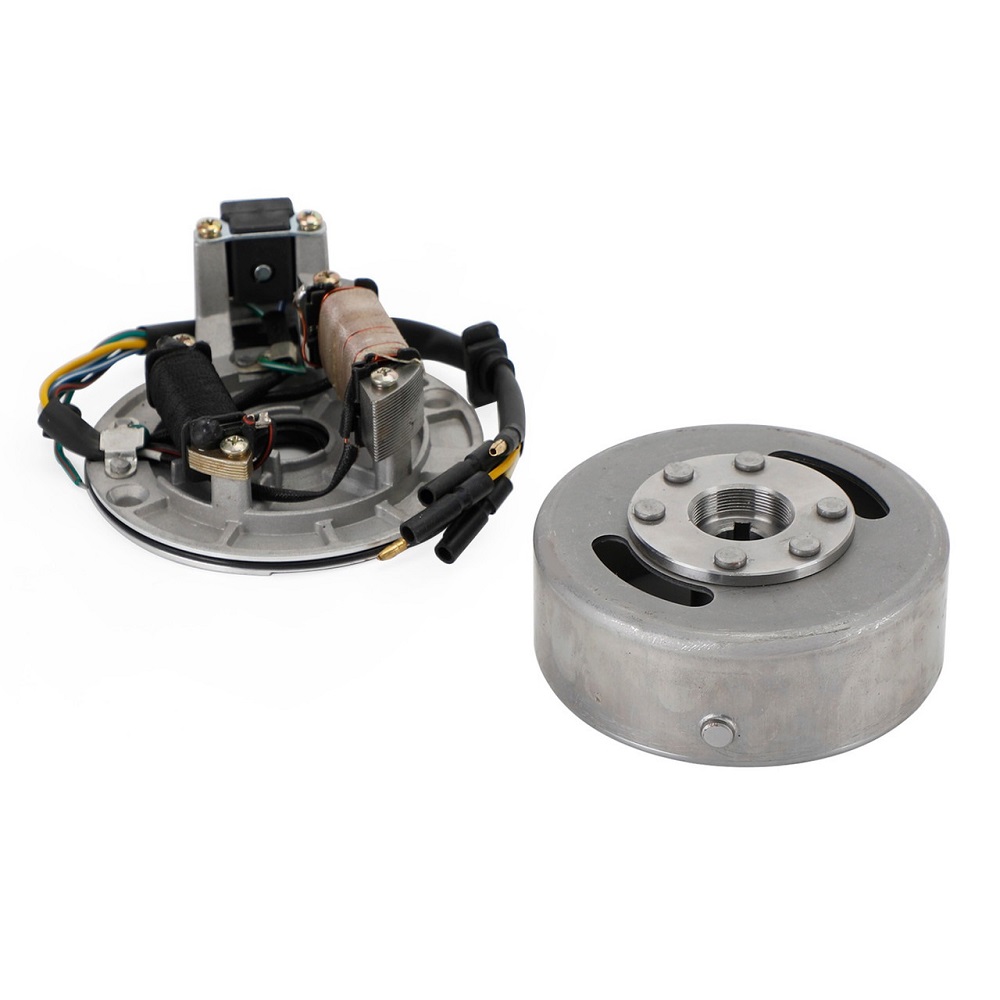
Empower Yourself with Knowledge
Equipped with knowledge about motorcycle stator issues, riders can better prepare for the road ahead. Regular inspections, voltage tests, and proper maintenance practices will set the foundation for optimal electrical performance. Feeling confident in your understanding of your motorcycle’s intricacies enables you to address potential issues before they become problematic.
The Joy of Riding
Ultimately, riding a motorcycle should be a joyful and liberating experience. Proper maintenance and awareness of components like the stator ensure that you can continue to enjoy your time on the road, free from worry. Embrace the thrill of motorcycling, knowing that you have taken the necessary steps to maintain your bike’s health.
Forward to Adventure
As you take to the open road, remember the vital role the motorcycle stator plays in powering your journeys. Recognizing the symptoms of a bad stator in a motorcycle engine ensures that you can address issues proactively and keep your bike in excellent condition. With your commitment to caring for your motorcycle and understanding its workings, every ride can become an adventure worth celebrating. Experience the joy of riding with confidence, and relish the freedom that comes with being a true motorcycle enthusiast!
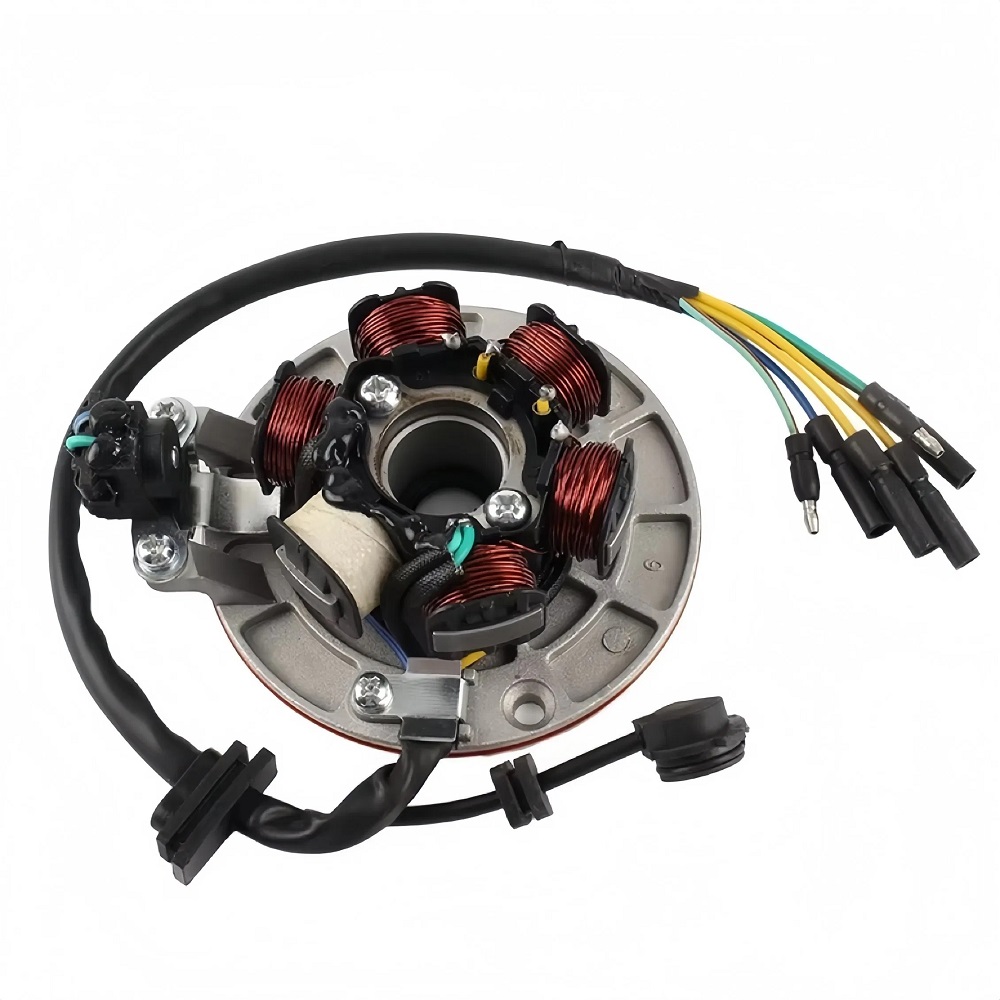
Leave a Reply